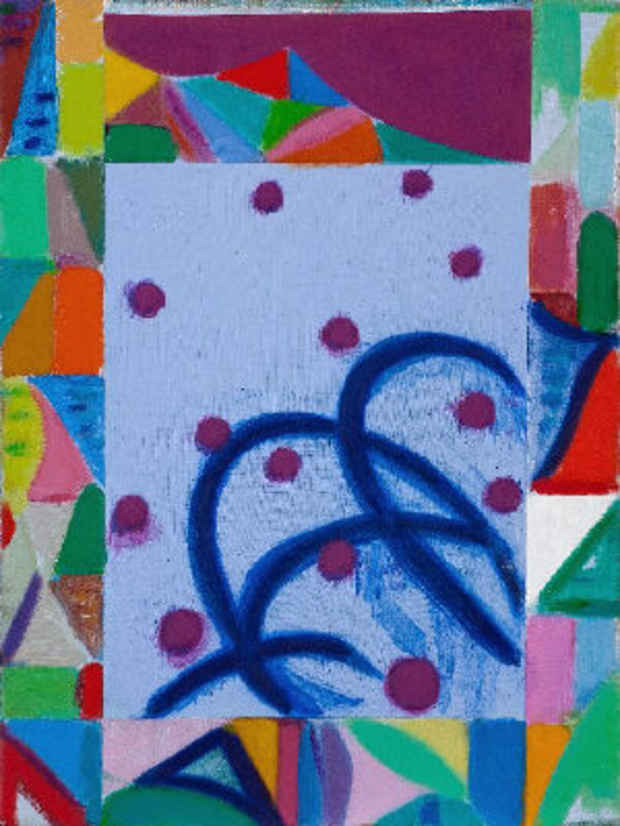Donald McLaughlin “Apophenia”
Howard Scott Gallery

This event has ended.
Howard Scott Gallery presents an exhibition of recently completed paintings by Donald McLaughlin. The forthcoming exhibition will be the artist’s ninth one-person show with the gallery.
It’s an odd fact that the narrative of art history often neatly dovetails with stories of personal convalescence. In 1889, a 20-year-old Henri Matisse, for example, discovered his passion for painting relatively late in life. During a protracted recuperation, his mother gave him a box of art supplies to alleviate his discomfort. And that’s been a recurrent pattern for numerous artists.
For Donald McLaughlin, now marking his ninth solo exhibition with the Howard Scott Gallery, this entire series of paintings begins several years ago, with the artist, laid up in recuperation from an illness, watching leaves outside his window violently shifting shape in a hot breeze, on a stifling afternoon. The effect was ominous, but inspired a series of sketches, quickly done on the spot, that eventually informed this latest body of work.
McLaughlin’s new show, entitled “Apophenia,”candidly solicits the viewer’s sense of nostalgia. This is not “appropriative” art, but McLaughlin employs a “School of Paris” handling reminiscent of the early 20th Century, as some works evoke Klee, Kandinsky, and Leger, among others. There is no “anxiety of influence” here; the painter happily plunges into conversation with those masters. Easily the simplest work in the show, “The Axial Age,” is also the most mysterious. Four shapes on a surface that is alternately matte and glazed, this painting’s title has been re-purposed, alluding to a time of Modernism’s cultural primacy.
Still, these paintings are, for the most part, allergic to easy interpretation, but instead spontaneously and restlessly re-combine into diverse possible readings. And that’s where the show’s over-arching title, “Apophenia,” or the search for meaning in seeming randomness, comes into play. The paintings belie the artist’s entirely philosophical position that painting, like life, is a series of often ad hoc improvisations, where meaning is often found in retrospect. Often banal titles, such as “The Pledge of Allegiance,” hint at both domesticity and discord.
For the most part, these are modestly scaled works characterized by an alternately sophisticated and brusque brushwork, producing these craggy, well-bothered, splotched, urgently hallucinatory surfaces. Marks are laid on in an accumulative and responsive fashion, where each stroke and color plane anticipates and succeeds the next, with the actual subject emerging gradually over the course of several years of work. Nearly every work begins as a kind of conceptual still-life with loosely delineated phytomorphic shapes that eventually colonize the canvas in a process which McLaughlin describes as a kind of “metastasis.” McLaughlin considers these new paintings “toxic bouquets,” ones that also literally bring the viewer under surveillance. Perhaps these paintings begin as simply colorful floral abstractions, but these are flowers from Baudelaire’s hothouse.
Donald McLaughlin began exhibiting in his native Wilmington, Delaware in 1978. His work is included in a number of important private and corporate collections in this country.
Media
Schedule
from March 04, 2014 to April 12, 2014
Opening Reception on 2014-03-13 from 18:00 to 20:00